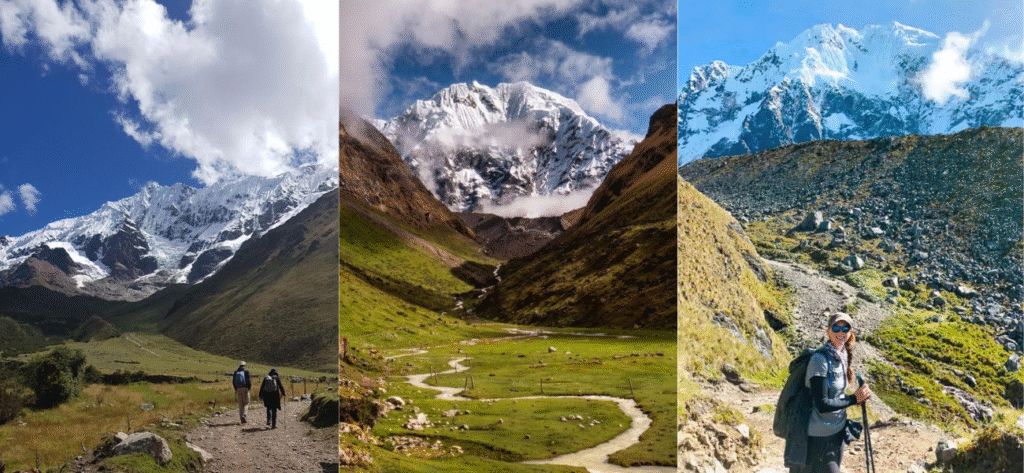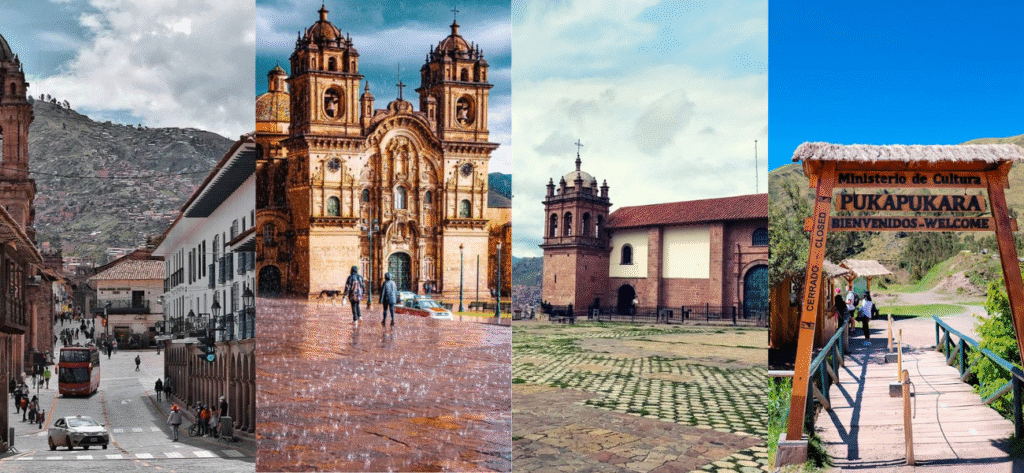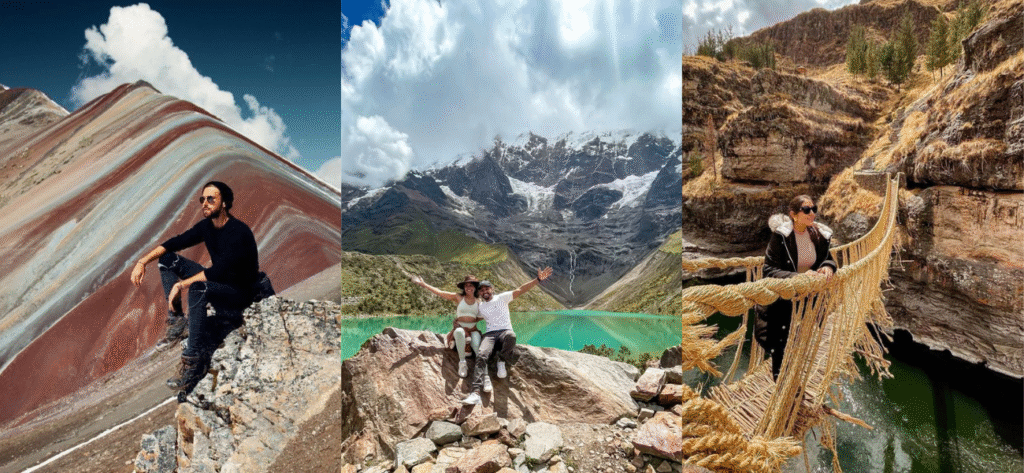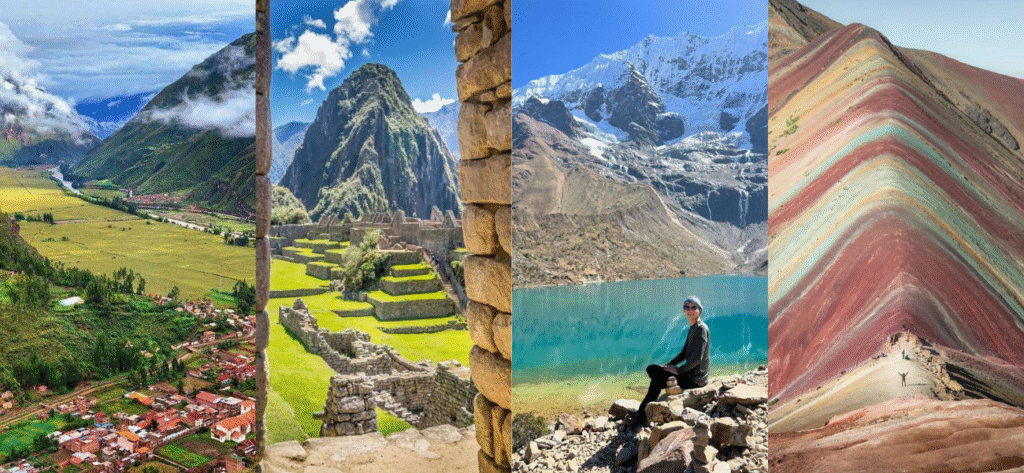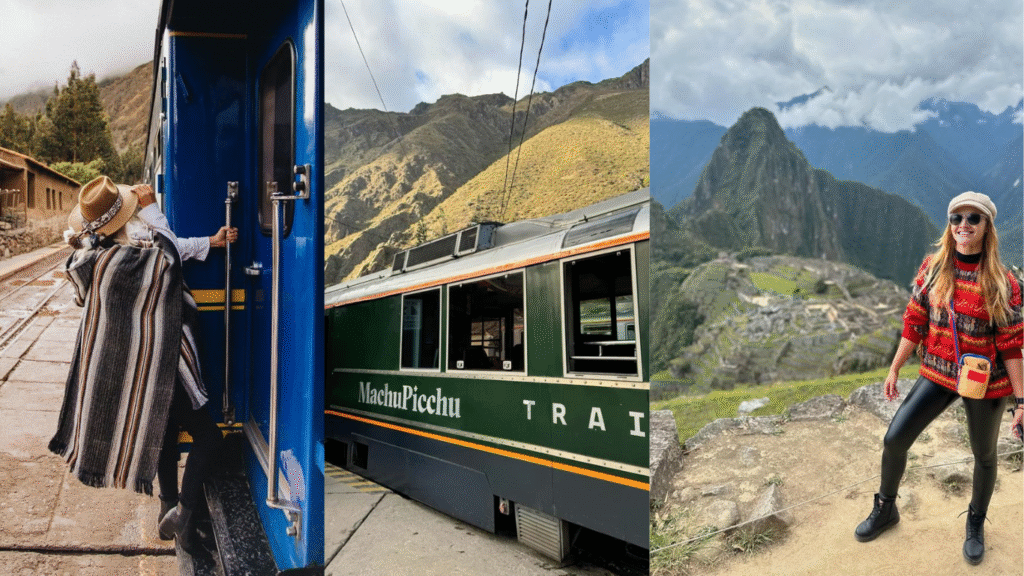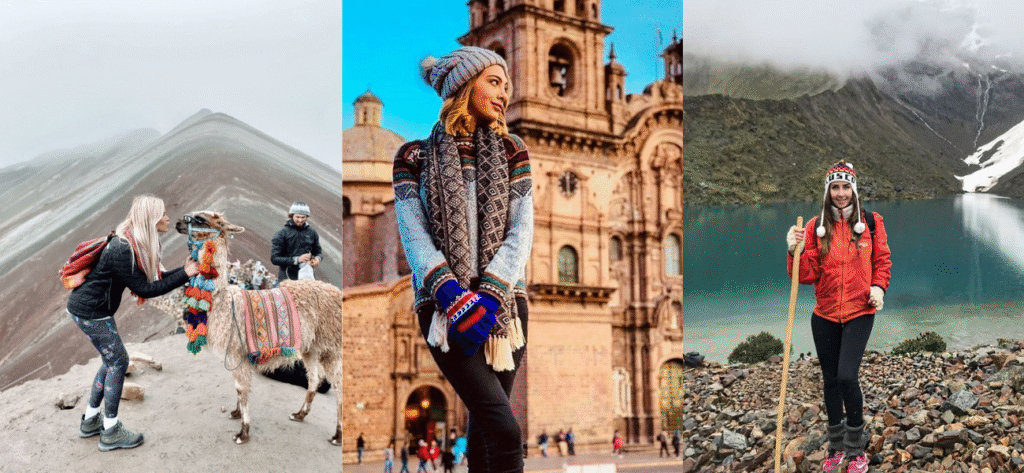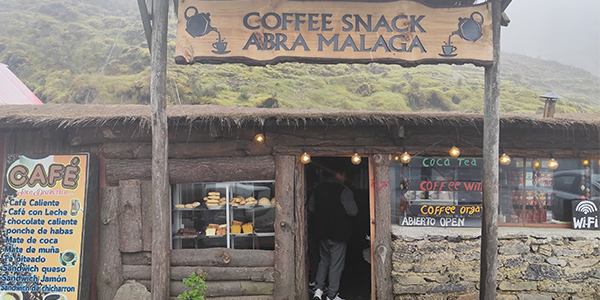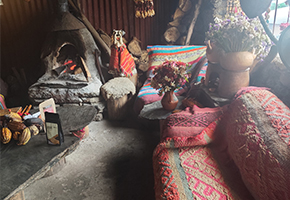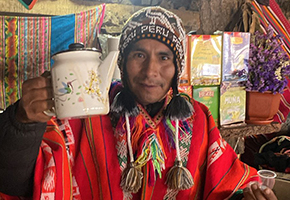Training for the Salkantay Trek: How to Prepare for the Adventure of a Lifetime
The Salkantay Trek to Machu Picchu is one of the most scenic and rewarding hikes in Peru — a 5-day journey through snow-capped peaks, lush cloud forests, and ancient Inca trails. But don’t let the beauty fool you: this is a challenging adventure, especially due to its high altitudes and daily distances. That’s why training before the trek is essential to enjoy every step and avoid unnecessary struggle.
Here’s a complete guide on how to prepare physically and mentally for the Salkantay Trek:
🏔️ Why You Need to Train
The Salkantay Trek covers more than 70 kilometers (44 miles) in total, with altitudes reaching up to 4,600 meters (15,092 feet) at the Salkantay Pass. While you don’t need to be a professional athlete, a moderate to good fitness level is key to enjoying the experience.
The better prepared you are, the more you’ll enjoy the landscapes, the culture, and the moment you finally step into Machu Picchu.
🏃♂️ Build Endurance with Cardio
Start your training at least 4 to 6 weeks before your departure. Focus on cardiovascular workouts such as:
- Hiking or walking long distances (preferably with elevation)
- Running, cycling, or swimming
- Stair climbing or treadmill incline walks
- Aim for 3–4 sessions per week, gradually increasing the time and intensity to build endurance.
🏋️♀️ Strengthen Legs and Core
You’ll be climbing and descending hills for several days, so it’s important to build leg strength and stability:
- Squats and lunges
- Step-ups with a backpack
- Planks and core exercises to improve balance
- Training with a light backpack helps your body get used to the weight you’ll carry on the trail.
🧘♀️ Improve Flexibility and Recovery
Stretching prevents soreness and injuries. Include yoga or basic stretches in your routine, especially for:
- Hamstrings and calves
- Hips and lower back
- Shoulders (for backpack comfort)
And don’t forget to rest! Rest days are as important as training days.
🧭 Get Used to Hiking at Altitude (If Possible)
If you live near the mountains or plan to arrive in Peru early, try to do acclimatization hikes above 3,000 meters (9,843 feet). Altitude affects everyone differently, and your body needs time to adapt.
If that’s not possible, arriving in Cusco at least 2–3 days before the trek is strongly recommended. Stay hydrated, eat light, and avoid alcohol.
🎒 Simulate the Trek
If possible, take a practice hike of at least 10–15 km (6–9 miles) with elevation gain and a backpack. This is the best way to test your gear, break in your hiking boots, and experience what a trekking day might feel like.
✅ Bonus Tips
- Hydration: Start hydrating days before the trek and continue drinking water throughout the hike.
- Nutrition: Eat balanced meals with enough carbs and proteins during training and trekking.
- Gear test: Practice with the same shoes, socks, and backpack you’ll take on the trek.
Final Thoughts
Training for the Salkantay Trek isn’t just about fitness — it’s about preparing yourself to fully enjoy one of the most epic hikes in South America. With the right preparation, you’ll feel stronger, safer, and more confident as you walk through valleys, cross glacier passes, and descend into the jungle — all on your way to the legendary Machu Picchu.
Are you ready for the adventure of a lifetime? Start training today — the mountains are waiting.
What you should do before booking Salkantay Trek to Machu Picchu
1. What is the Salkantay Trek, and how does it compare to the Inca Trail?
The Salkantay Trek is an alternative route to Machu Picchu, offering breathtaking landscapes, including snow-capped mountains, cloud forests, and high-altitude passes. Unlike the Inca Trail, the Salkantay Trek does not require a permit and is less crowded, providing a more adventurous experience.
2. How many days does the Salkantay Trek take to reach Machu Picchu?
The standard Salkantay Trek takes 5 days and 4 nights, covering approximately 72 km (45 miles). However, there are shorter and longer variations of the trek available.
3. What is the difficulty level of the Salkantay Trek?
The Salkantay Trek is considered moderate to challenging, as it involves hiking at high altitudes and steep ascents. The highest point is the Salkantay Pass at 4,650 m (15,255 ft). Proper acclimatization is recommended before starting the trek.
4. Do I need a permit to hike the Salkantay Trek?
No, unlike the Inca Trail, the Salkantay Trek does not require a special permit. However, you do need an entrance ticket for Machu Picchu, which should be booked in advance.
5. What is the best time of year to hike the Salkantay Trek?
The best time to hike the Salkantay Trek is during the dry season (April to October). The weather is more stable, with clear skies and less rain. The rainy season (November to March) can make the trail muddy and challenging.
6. What should I pack for the Salkantay Trek?
Essential items include:
- Hiking boots (waterproof and comfortable)
- Warm layers (temperatures drop at night)
- Rain jacket or poncho
- Sleeping bag (suitable for cold weather)
- Sun protection (hat, sunglasses, sunscreen)
- Water bottle and purification tablets
- Basic first aid kit
7. Is altitude sickness a concern on the Salkantay Trek?
Yes, altitude sickness can be an issue, especially at the Salkantay Pass (4,650 m). It is recommended to spend a few days in Cusco (3,400 m) before the trek to acclimatize. Staying hydrated, avoiding alcohol, and chewing coca leaves can help with symptoms.
8. How do I get to Machu Picchu from the end of the Salkantay Trek?
After reaching Hidroelectrica, you have two options:
- Hike 3 hours to Aguas Calientes.
- Take a 30-minute train from Hidroelectrica to Aguas Calientes.
From Aguas Calientes, you can hike or take a bus up to Machu Picchu.
9. Are there accommodation options along the Salkantay Trek?
Yes, most trekking companies provide campsites or eco-lodges along the route. Some upgraded tours offer more comfortable accommodations, such as glass cabins or domes. The final night is usually spent in a hotel in Aguas Calientes.
10. Can I visit Machu Picchu without hiking the Salkantay Trek?
Yes, you can take a train from Cusco to Aguas Calientes, followed by a short bus ride or hike up to Machu Picchu. This is the most popular option for visitors who prefer not to hike.
You must be interested
- Salkantay Trek to Machu Picchu
- Salkantay Trail 5 days 4 nights
- Salkantay Trek difficulty level
- Salkantay vs Inca Trail comparison
- Best time to hike Salkantay Peru
- Salkantay Trek tour price 2026
- Guided Salkantay Trek packages
- Salkantay Trek altitude and acclimatization
- Salkantay Trekking tours from Cusco
- Salkantay Trek full itinerary
Salkantay Travel Information
- Salkantay Trek Food: What You’ll Eat on the Trail
- Birds of the Salkantay Trek: Species You Can Spot on the Route
- Is the Salkantay Trek Dangerous?
- Salkantay Trek Altitude: Heights Along the Route
- Flora and Fauna in Salkantay Trek
- Altitude Sickness on the Salkantay Trek
- Salkantay Trek Difficulty: How Hard Is the Route?
- Salkantay Trek FAQs: Answers to Common Questions
- Best Time to do Salkantay trek
- Training for Salkantay Trek: How to Get Ready
- How long is the Salkantay Trek?
- Salkantay Trek Price: How Much Does It Cost?
- What Is the Salkantay Trek?
- What to Bring on the Salkantay Trek?
- Best Time to Do Salkantay Trek
- Your Insider’s Guide to Salkantay Trek
- Where is Salkantay?
- Salkantay highlights
- Tour Montaña de Colores con Transporte


